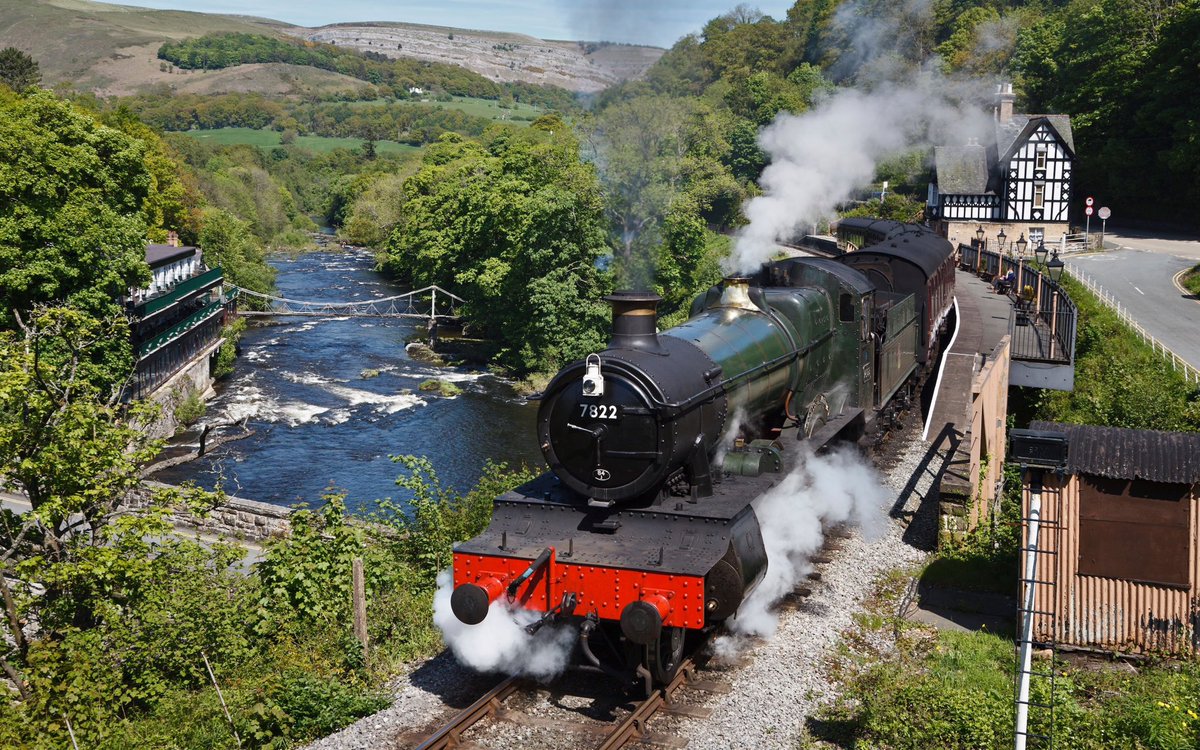“What is more English than the country railway station? I defy the eighteenth century to produce anything more English, more full of home and rest and the nature of the country, than my junction.”
— Hilaire Belloc, On Railways, 1908
— Hilaire Belloc, On Railways, 1908

“Railways have changed the arrangement and distribution of crowds and solitude, but have done nothing to disturb the essential contrast between them.”
— Hilaire Belloc, 1908
— Hilaire Belloc, 1908

“Yet another good we owe to railways occurs to me. They keep the small towns going.”
— Hilaire Belloc, 1908
— Hilaire Belloc, 1908

“The smoke of the train as it skirts the Downs is part and parcel of what has become our encloistered country life; the smoke of the trains is a little smudge of human activity which permits us to match our incomparable seclusion with the hurly-burly from which we have fled.” 

“...but the image of Brighton, with its Anglo-Saxons and its Vision of Empire, does not oppress me; it is a far-off thing; its life ebbs and flows along that belt of iron to distances that do not regard me.”
— Hilaire Belloc, 1908



— Hilaire Belloc, 1908




• • •
Missing some Tweet in this thread? You can try to
force a refresh




































